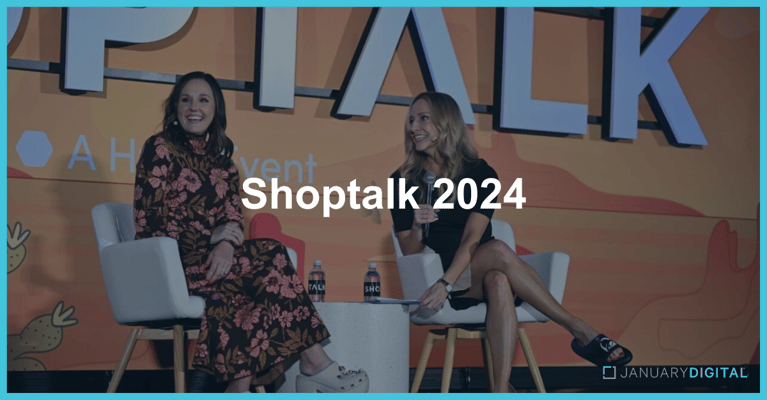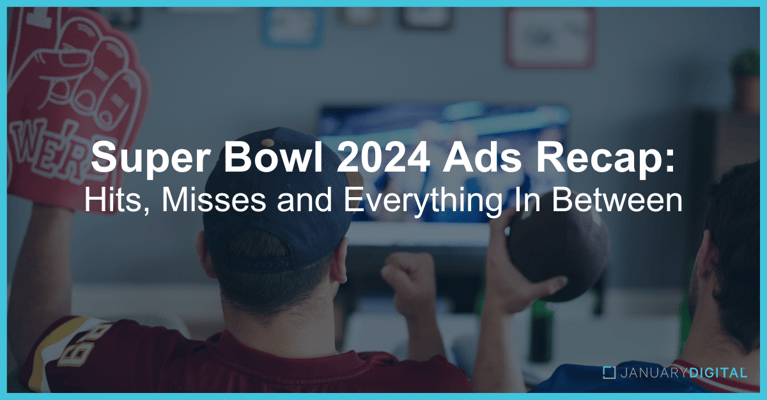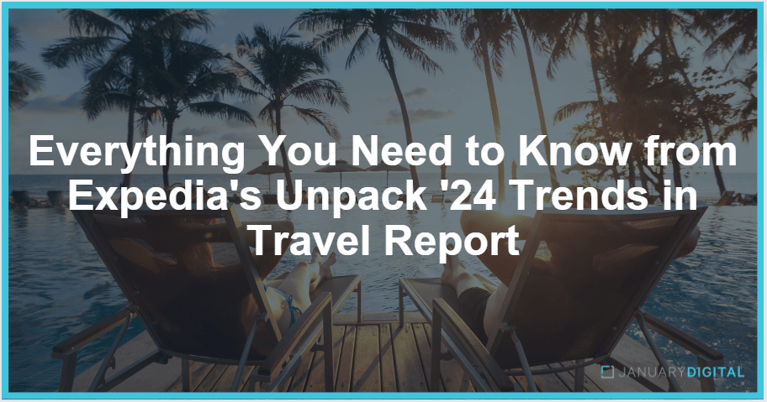The homepage of Vogue, content on New York Mag, targeted media on the New York Times - these executions historically had the same goal for marketers: to reach a new consumer while promoting a product or raising brand awareness. But what happens when the content on these sites moves behind a paywall? How does it affect marketers’ plans for media budgets, the audiences consuming the content, and those publishing it?
As more and more publishers move to a paywall model, marketers and publishers alike should be taking a look ahead at paid content and media buying to understand how to effectively engage and navigate this newfound landscape. Here, we lay out the good, the bad, and the ugly of publisher paywalls and their effect on marketing.
The Good
Paid content generally leads to better quality content from publishers and better data for marketers to leverage. When readers make a proactive choice to pay for consuming content, publishers who produce quality content have the opportunity to thrive with a subscription model. For example, the New York Times is slated to surpass 10 million subscribers this year, while The Economist is reporting subscription rates up 7% year-on-year.
Publishers are also adopting testing strategies to learn what cultivates audience engagement and create meaningful on-site experiences for their readers to not only drive new subscriptions but retain existing ones. As a result, publishers are seeing an increase in valuable data and information from their readers, allowing marketers to highly personalize ads and stories. Instead of targeting a casual browser, marketers can create a personalized on-site experience with their media buys. This also means that buys like direct site, which were traditionally considered top-funnel, start to push into mid-funnel and consideration as they reach a highly qualified and engaged consumer.
The Bad
While marketers will ultimately garner more data on audiences, the control dynamic begins to shift with subscription models. Publishers used to drive engagement and traffic to their sites through social posts, dictating the content that drove traffic and volume; subscription models flip this around, and the power lies with readers as audiences dictate what they’re willing to pay for and which pieces of content they want to consume. Winners and losers will become clearly identified and it may become tougher to reach audiences across multiple sites, as it remains to be seen if consumers are willing to pay for multiple news subscriptions. Marketers (and publishers) will be challenged to find the key pockets where their audiences are engaged, demonstrating a need for publisher-buyer transparency more than ever before.
The Ugly
With many publishers adopting dynamic paywalls, which prompt users to subscribe to unlock content based on their behavior, buying media the “right” way will be tougher to navigate. As marketers negotiate buys, they need to include clauses and protection elements to ensure ads are either in front of or behind the paywall, depending on their tactic, and hold publishers accountable to frequency limits and caps. Reach, scale, and unique audience penetration will likely be affected, further demonstrating a need for true partnership and transparency between publishers and marketers in media buying.




